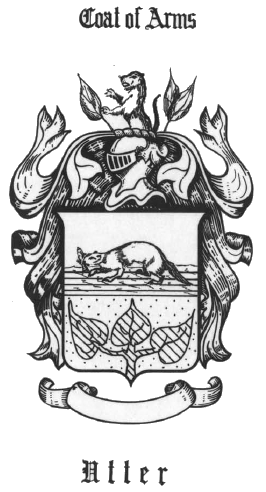Flying Otter Winery & Tasting Room
When is the tasting room open?
Our seasonal tasting room is a covered, open-air pavilion. It is open from May until October, Thursdays through Sundays. Please dress accordingly.
Do I need to make a reservation?
No, reservations are not required; however, seating is on a first-come, first-served basis. It’s a good idea to make a reservation, especially for parties of four or more. For groups of eight or more, we strongly recommend making a reservation so that our team can be better prepared.
Can we bring our kids?
Absolutely! We strive to be a family-friendly environment; however, children must be supervised by an adult at all times. Our vineyard is a working farm, with the tasting room and winery located nearby in a natural setting. An electric fence helps keep large pests out of certain vineyard areas, and there is vehicle traffic entering and exiting the premises. Additionally, on Friday and Saturday evenings, some of our entertainers feature 'good-humored' heckling.
Can we bring our dogs?
We adhere to the Michigan State Food Code, which prohibits pets and any animals other than service animals in licensed food service areas, including the winery, the pavilion-tasting room, and the lounging area on the front lawn of the tasting room.
Where do I park?
Once you turn off Chase Road, follow the driveway north and veer left at the fork. The pavilion-tasting room is on the west side of the property—follow the signs. Parking is available in the gravel and grassy areas on either side of the pavilion. The ground varies between gravel, dirt, and grass, and we have limited ADA-compliant parking spaces and a ramp entrance.
What do your wine tastings entail?
For our premium wine flight, choose any 3 of our premier or dessert wines. For our standard wine flights, choose any 5 of our dry, semi-sweet, or sweet wines. Single tastings and 'by the glass' pours are available for all our wines and hard ciders. (Be sure to start with the driest wines first, followed by the sweetest. 😊 ) Single tastings are 1 oz., while 'by the glass' pours are 5 oz. for wine, 3 oz. for dessert wines, 10 oz. for wine slushies, and 12 oz. for hard ciders.
Do you have food?
Our menu changes regularly, based on seasonal produce and available items. Our ‘Anytime Menu’ offers an assortment of lighter foods such as wraps, spreads, grazing boards, and desserts. Our ‘Grill Menu’ is available only on Friday and Saturday evenings from 5-8 pm. You can view our menu here. All food is prepared fresh and served while supplies last.
Can we bring our own food and alcohol?
We do not allow outside wine or alcohol on the premises. Seriously, do you have to ask? We also do not allow outside food, as it conflicts with the state health code. Only for special, pre-planned events, we may approve a specialty dessert, provided it comes packaged from a licensed bakery, and the party is responsible for providing their own dishware, serving, and cleanup.
Can we walk around the vineyard?
Yes! However, please respect our grapevines and avoid touching or eating them. Stay away from the winemaker’s home for privacy and note that all winery buildings are off-limits unless accompanied by Flying Otter staff. Additionally, an electric fence runs partially through the vineyard; please ensure you stay clear of it.
Flying Otter Vineyard
How many acres is the vineyard?
We currently have eight acres of planted grapevines, with plans to expand!
How many vines do you have?
Approximately 5,000 to 6,000.
What varieties of grapes do you grow?
We cultivate all cold-climate, hardy varietals. For red grapes, we have Frontenac, Marquette, Petite Pearl, and trial sections of Sabrevois, St. Croix, and Norton. Our white varieties include Frontenac Gris, La Crosse, La Crescent, St. Pepin, Brianna, Itasca, and Frontenac Blanc.
Flying Otter Winemaking
How much wine do you make?
We are a small batch winery, producing about 700 cases a year, equivalent to approximately 8,500 bottles of wine. Each case totals 2.4 gallons, amounting to about 1,680 gallons of wine annually. The bottling and production figures may not always align, as some wines require more than a year to age properly and be ready for bottling, causing variations in our stock during the aging process.
How long does it take to make wine?
Whites are pressed immediately after picking, while reds are fermented on the skins and must be pressed post-fermentation. Fermentation typically lasts 1-3 weeks. Subsequently, the processes of racking, filtering, fining, aging, and other cellar treatments can extend from 6 months to several years. Generally, whites are ready sooner than reds.
Where did the name ‘Flying Otter’ come from?
The founder, of Swedish descent, chose the name ‘Flying Otter’ by combining his Swedish surname ‘Utter’ (meaning ‘otter’) with his love for aviation and building airplanes.

